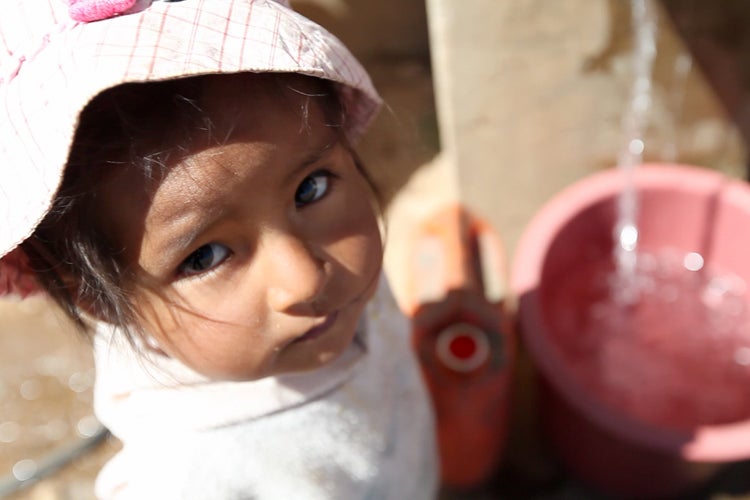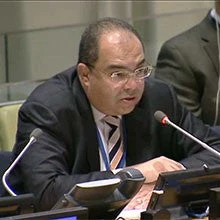
Photo: World Bank Group
By committing to the Sustainable Development Goals (SDGs), countries pledge to pursue progress on economic, social, and environmental targets, in a balanced and integrated manner. The SDGs are cross-cutting and ambitious, and require a shift in how we work in partnership. They also push us to significantly change the level of both public and private investment in all countries.
We need creative solutions to leverage each partner’s comparative advantage. We also need to mobilize private sector investment and innovation in support of the SDGs.
However, the gap between the investment need and the actual investment is substantial and growing. To help fill this gap, public-private partnerships (PPPs) will be critical. They increase access to capital, allow off-balance sheet borrowing, increase innovation, and help transfer risks.
When well-designed and implemented in a balanced regulatory environment, PPPs can bring greater efficiency and sustainability to the provision of public services. But PPPs also need to be tailored to the local context; our job is to work with governments and development partners to help find the right solution that works for the country and its future. The World Bank Group released its Procuring Infrastructure PPPs 2018 report last week that surveys 135 countries’ performance on PPP procurement and management—and makes recommendations on improvements.
This is important because involving the private sector—well—can not only help increase the stock of infrastructure assets, but it can also strengthen their resilience, create more sustainable solutions, and improve access to infrastructure services. Incorporating sustainability considerations into procurement processes -- for example through project specifications and award criteria -- can also enhance the impact of infrastructure investments. Importantly, the SDGs can help mobilize high-level political action behind an infrastructure project.
Given their integrated nature, SDG targets address a specific goal while also reaching across others. For instance, when considering a potential water PPP, the alignment with a government strategy to achieve SDG 6 will strengthen the project. At the same time, the project may contribute to reducing the number of deaths and illnesses from hazardous water pollution ( Target 3.9), and the proportion of untreated wastewater ( Target 6.3). Upgrading existing wastewater infrastructure should contribute to resource-use efficiency and adoption of environmentally sound technologies and industrial processes ( Target 9.4). Demonstrating infrastructure policy alignment with the SDGs may also help governments attract attention and financing from multilateral development banks and funds.
Back in January, I was pleased to give a keynote speech addressing a (then) new report on Mobilizing Islamic Finance for Infrastructure Public-Private Partnerships. At the event, I underlined that Islamic finance is inherently compatible with what the SDGs stand for: responsible governance, inclusive and equitable growth, and sustainable management of our resources and environment.
Similarly, PPPs are rooted in the same integrated approach as the SDGs: each component must be pursued as an integral part of the whole, without which the outcome is not possible. Our goal is to help countries deliver reliable services to all those who need them. It is not about who the provider is, but how to best ensure people have access to quality, affordable public services.
Related Posts:
Public-private partnerships and the 2030 Agenda for Sustainable Development
Financing sustainable development: Innovative ideas for action
The localization of the Sustainable Development Goals: Implementing the SDGs in Colombia, Indonesia, and Kenya
Coming together is the way forward: Maximizing Finance for Development


Join the Conversation